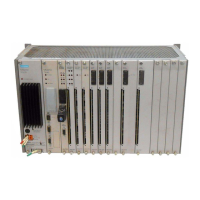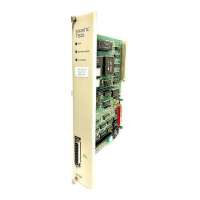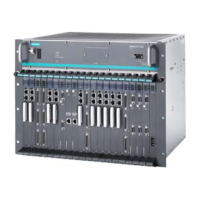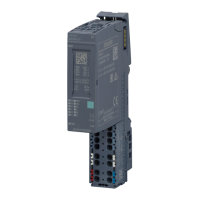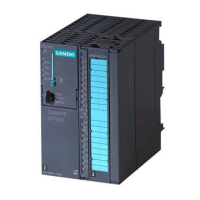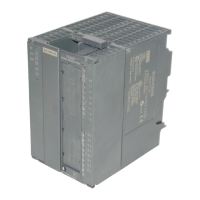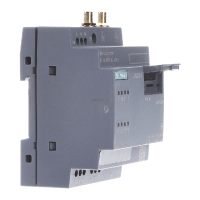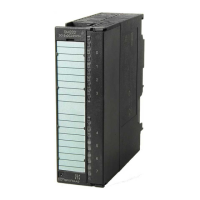Uses and properties of the TIM
1.7 Transmission types and connection establishment
TIM DNP3
System Manual, 12/2015, C79000-G8976-C253-04
25
●
The data is stored as an event in the send buffer and actively transferred to the DNP3
master station.
You will find detailed information about the event classes in the section Classification of
the data according to the type of transmission (Page 161).
Transfer of the data can be triggered by various criteria:
– Reaching a configured number of events in the send buffer of the TIM
The configuration is described in the following section:
"DNP3 parameters" dialog (Page 123) > "DNP3 event parameters" tab
For dial-up networks, you will find further setting options in the following section:
Configuring WAN network nodes (Page 99)
– Settable trigger conditions:
- Change-driven transmission
- Cyclic transmission
- Time-driven transmission
The configuration is described in the following section:
Data objects: Memory area and triggers of the channels (Page 200)
●
Master station connections
The initiative for connection establishment depends on the transmission type configured
for a data point:
– Static data points
The current values of all data points (including the events) are always transferred as
the reply to polls by the DNP3 master station. The initiative for connection
establishment comes from the DNP3 master (see above "Command direction"
parameter).
– Data points configured as an event
The value of a data point configured as an event is transferred on the initiative of the
station, see above (event classes).
●
Connections between stations
To allow a station to establish the connection to a partner station actively, the "Command
direction" parameter must be enabled in the sending objects (TD7onTIM configuration >
TIM with TD7onTIM > Object > Send parameter).
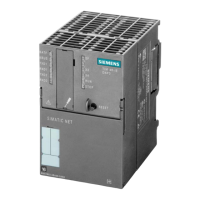
